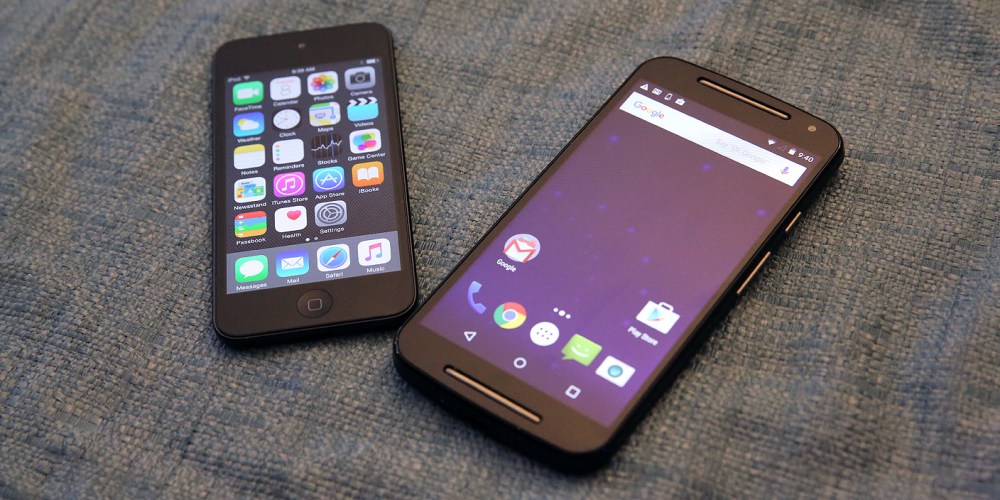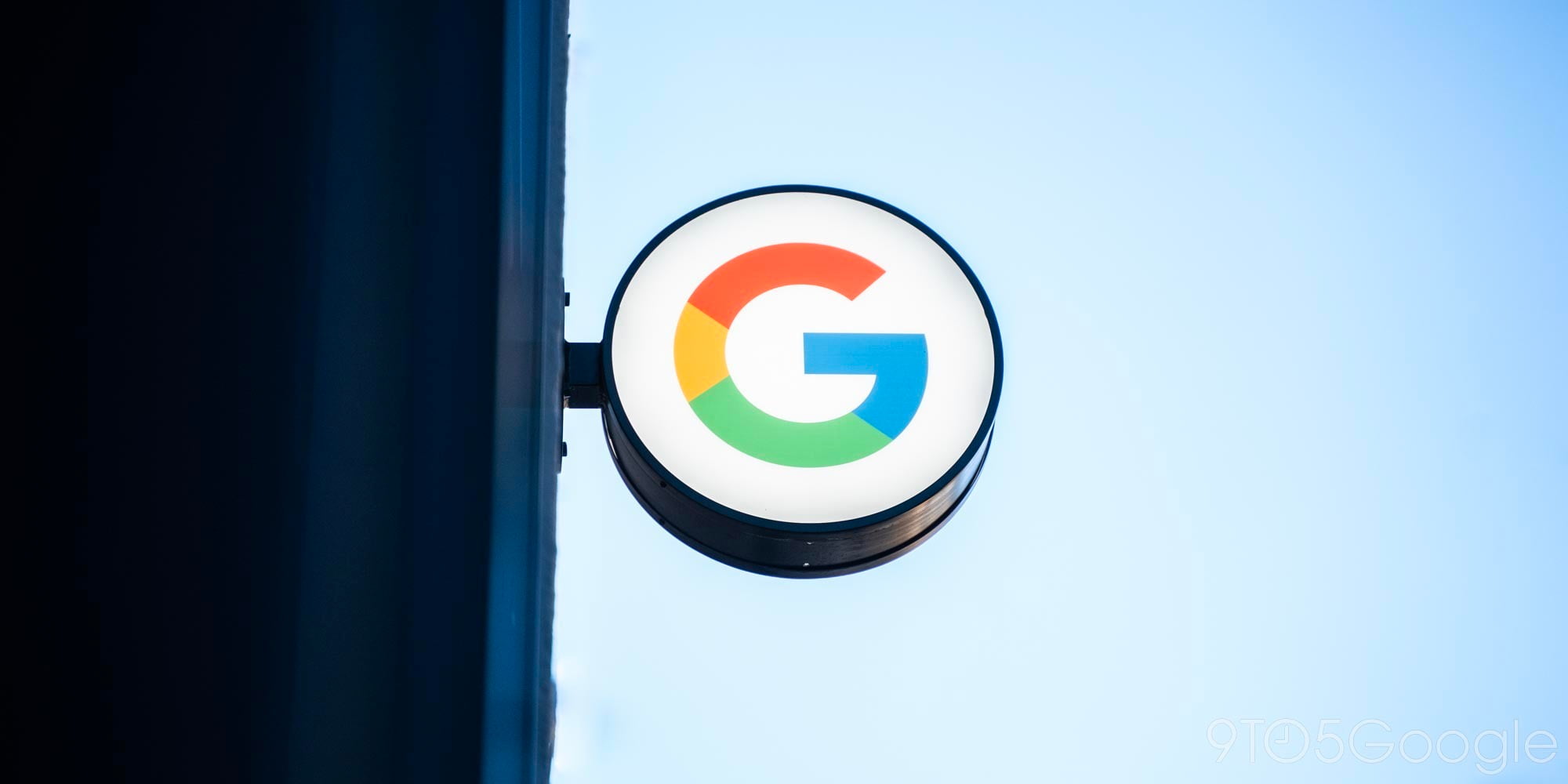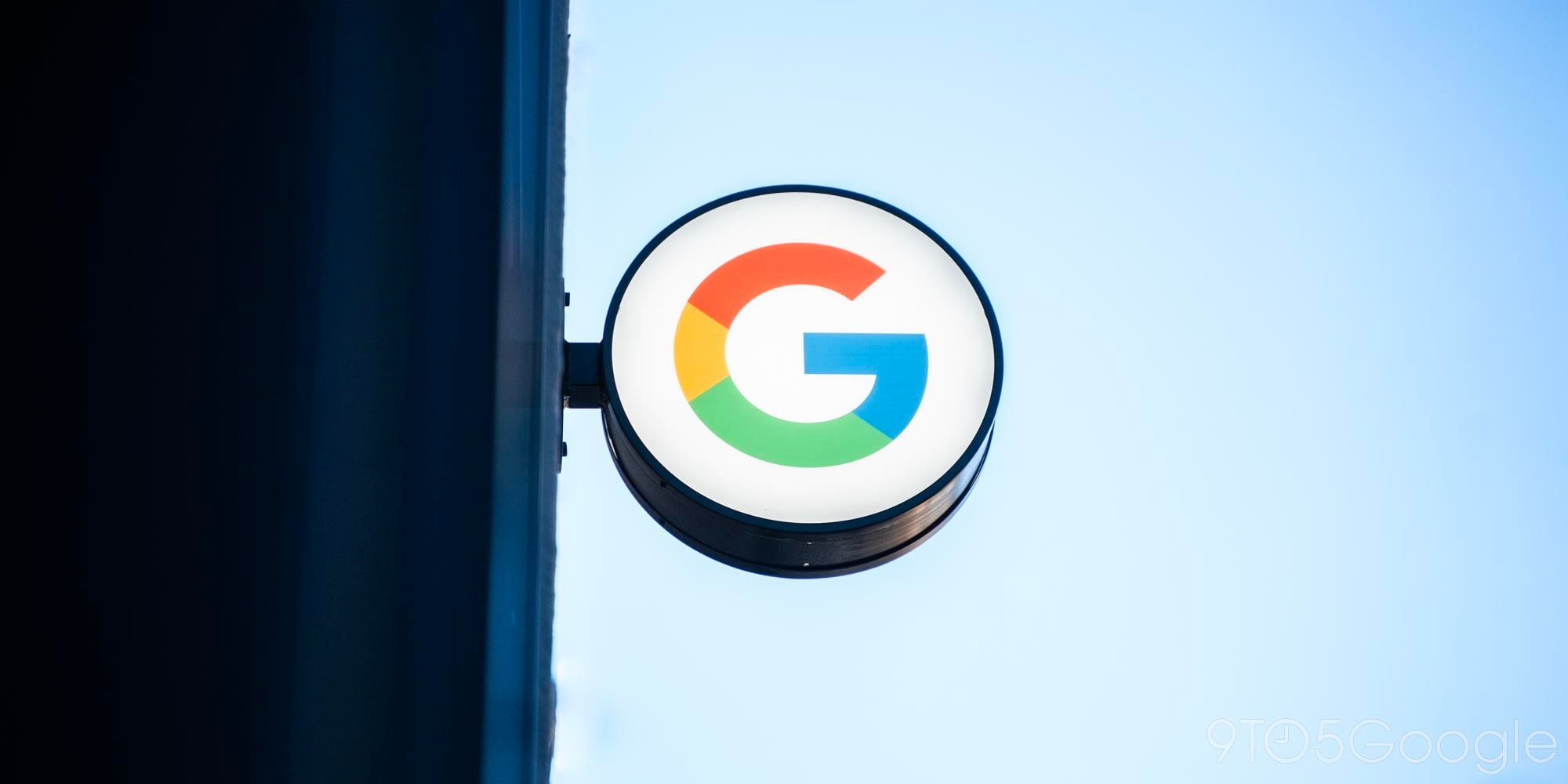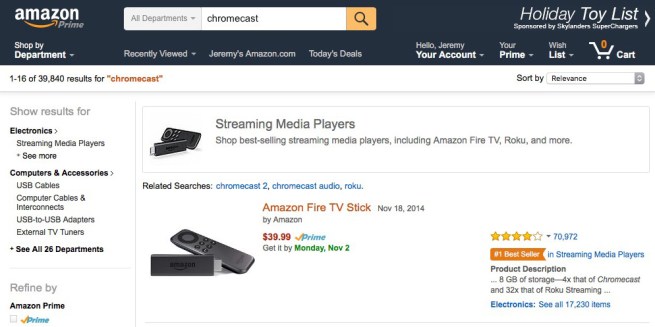
I’ve been an iOS user since day one — back when it was called “iPhone OS” — and haven’t had any reason to leave Apple’s camp. Each day, I use iOS devices and apps, and for the most part, they “just work.” You could offer me a cheap Android phone or tablet and I wouldn’t have much use for it.
Or so I thought. Just in time for the holidays, 9to5’s publisher Seth Weintraub sent me an unexpected gift: a $99 Motorola Moto G (2nd Gen), also available on Amazon. That price isn’t a typo — for under $100 (half the price of the recently released sixth-generation iPod touch), Motorola is selling a full-fledged smartphone with a larger, higher-resolution screen than the $199 iPod, and for that matter the old iPhone 5c I decided to replace it with. You’ve probably heard that Amazon is trying a similar tactic with its $49 7″ Fire Tablets, which so radically undercut the price of Apple’s iPads that you can buy five for the same price as an entry-level iPad mini 2… and still have change left over. Since these products were developed by well-established companies, they’re budget-priced, but not junk.
I wanted to see whether the Moto G would have any value in my life, and how it would stack up against lower-end iOS devices. What I found was exactly the reason Apple leads the cellular industry in profits yet continues to lag behind Android in market share: the Moto G offers a more than “good enough” alternative at a price that anyone can afford. From my perspective, the existence of a good $99 smartphone is precisely the reason the iPod family has all but disappeared, and why even iPad mini pricing is arguably unsustainable…






